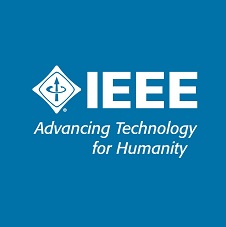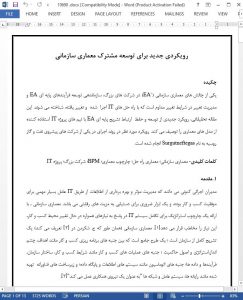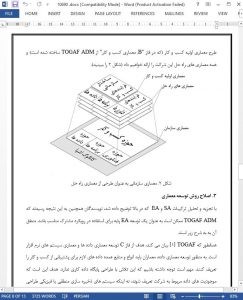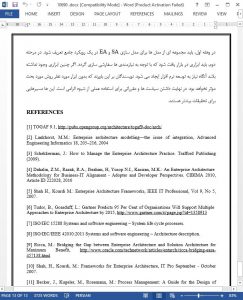Abstract
One of the challenges of Enterprise Architecture (EA) in large companies is organizing processes of baseline EA development and change management under conditions of steady change that are introduced by implemented and changed IT solutions. The research paper describes a new approach of developing and keeping relevant baseline EA description together with IT project teams using Solution Architecture models. The approach is in the process of implementation in one of the leading Russian oil and gas companies Surgutneftegas.
I. INTRODUCTION
Today's CEOs know that the effective management and exploitation of information through IT is a key factor to business success, and an indispensable means to achieving competitive advantage. Enterprise Architecture addresses this need, by providing a strategic context for the evolution of the IT system in response to the constantly changing needs of the business environment [1]. Enterprise Architecture (as J.Schekkerman defines in [3]) is a complete expression of the enterprise; a master plan which “acts as a collaboration force” between aspects of business planning such as goals, visions, strategies and governance principles; aspects of business operations such as business terms, organization structures, processes and data; aspects of automation such as information systems and databases; and the enabling technological infrastructure such as computers, operating systems and networks [3].
VII. CONCLUSION
The authors propose a new approach for collaborative development of a baseline Enterprise Architecture using Solution Architecture models.
SA models may serve as a source of information for an EA repository and help to keep the baseline EA relevant if the following conditions are satisfied: • A unified integrated toolset and unified object catalogs should be used by both Enterprise Architects and Solution Architects.
• The toolset should comply with the special requirements described above.
• All IT solutions should be documented using the toolset.
• IT projects should be guided through the use of “Quality Gates” (e.g. a high-level design review) for ensuring the quality of Solution Architecture descriptions.











